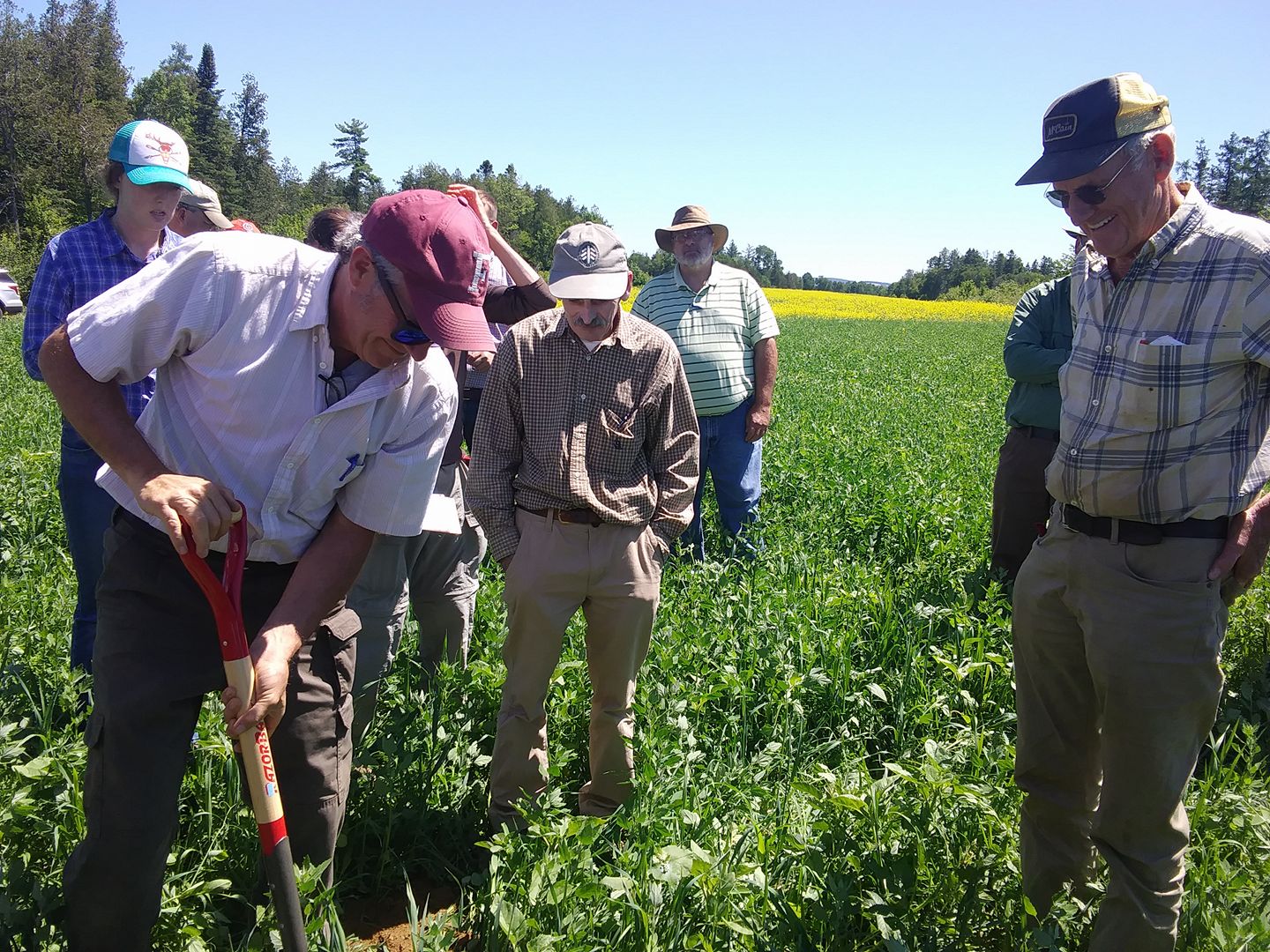
HOULTON, Maine — The Southern Aroostook Soil and Water Conservation District is seeing strong momentum among potato farms using cover crops for both building soil health and preventing soil erosion, according to Executive Director Angela Wotton.
Through a range of grants and pilot projects, Wotton said, the district has helped bring cover crops to the forefront and more farms also are adopting their own cover crop practices that meet their needs.
“Soil health has been our focus the past few years,” Wotton said. “I’m looking forward to seeing where this goes in the next few years.”
Growing potatoes can be tough on soils, between the heavy equipment and fall harvests that requires digging up the tubers. In October and November, it’s a common sight to see bare fields that were recently harvested or plowed ahead of the next year’s potato planting. Most farms rotate their potato crops between fields on a two-year basis, usually with some kind of small grain..
But Wotton said that more farms are adopting fall and winter cover crops, and also cover crops in their rotation years.
“Driving around in late fall, you’ll see fields of green instead of bare potato fields,” she said.
After a potato harvest, farmers may plant quick-growing, cold tolerant ryegrass that will overwinter and start growing as soon as the snow melts in spring.
“Anyone who has early potatoes, most everyone will spin on rye or oats to get a cover on. It’s harder with the russets that are harvested later.”
On next year’s potato fields, they may plow up the oats or small grains in the fall and plant tillage radish.
“The beauty of the radish is it doesn’t overwinter and just decomposes. It really loosens the soil up,” Wotton said.
Kingsbury Farm of Bridgewater is among those who’ve done large plantings of tillage radish, and they’re also experimenting with multi-species cover crops, Wotton said.
“The farmers in southern Aroostook get the whole concept of soil health. They have experience with cover crops. Now they’re going to that next level of designing specific mixes that fit their management needs,” Wotton said. “This isn’t a short-term investment. You’re building your soil and hopefully at some point your potato yields will be better.”
Some cover crops, such as legumes, fix nutrients in the soil, while others, such as radish, can help reduce pathogens or pests. Some research suggests that fields can also benefit from diverse cover crop plantings that include multiple species of small grains, legumes and forbs (such as sunflowers).
The U.S. Department of Agriculture’s Natural Resources Conservation Service provides various cost-sharing programs for using cover crops, and some farms also are using cover crops on their own without such support, Wotton said.
About 1,000 acres in southern Aroostook are under cover crops this year through the NRCS, including acreage with the farms of Donald Fitzpatrick, Fred Whited and Greg Schools, Wotton said.
There are also 217 acres in cover crops this year as part of a Maine Department of Environmental Protection grant for the Meduxnekeag watershed, Wotton said.
Seeds for cover crops such as oats and rye are relatively affordable, though planting a diverse range of species can get expensive. Growing cover crop seeds could also be a good opportunity in northern Maine, Wotton said.
“It would love to see somebody get into that. Even to come up with a three way mix, that would be a great opportunity.”







